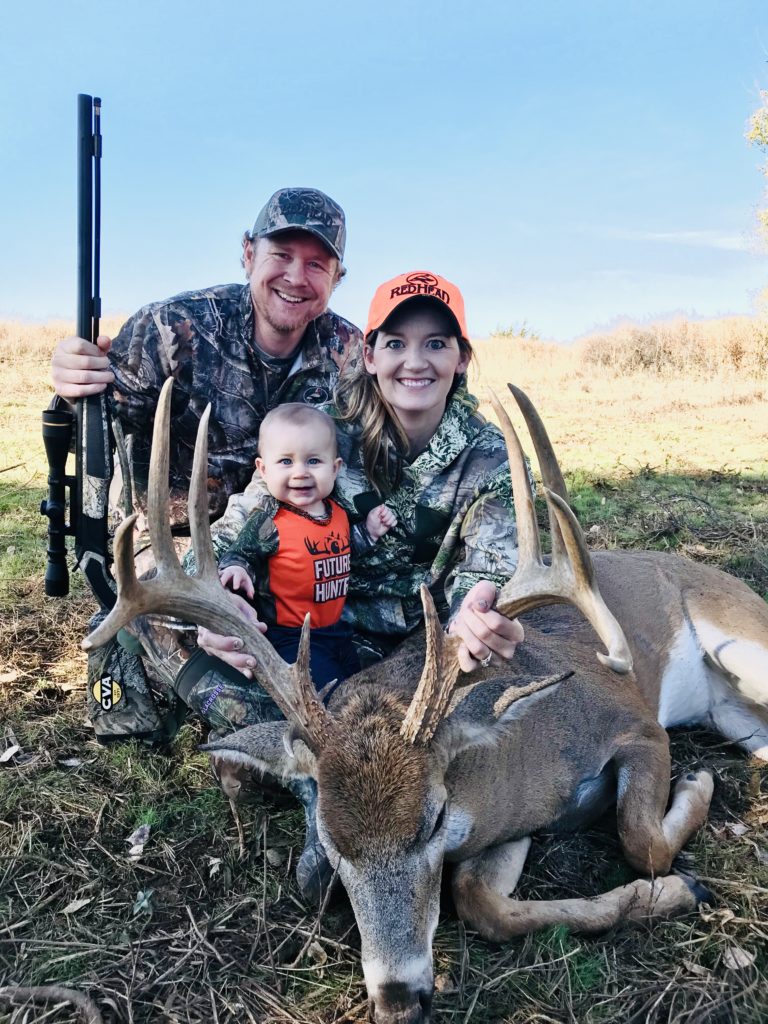



Sign in
Sign in to save favorite properties and equipment, save your search parameters and more
Don’t have an account yet? Sign Up Now
Sign up
Already have an account? Login Now






Sign in
Sign in to save favorite properties and equipment, save your search parameters and more
Don’t have an account yet? Sign Up Now
Sign up
Already have an account? Login Now
Ask the avid hunters in your life where they harvested their trophy deer or elk and you might get this answer: “In the Nowhere Region of the Never-tell Mountains.” Prime public hunting land is often considered sacred to sportsmen and sportswomen and for good reason – there are plenty of other people out there exploring those spaces looking for the same thing.
But what if you owned your hunting property? You determine how many people can hunt on the land. You know the prime terrain where the animals graze, gather and rut. You get to discover other hunting opportunities, such as ducks, turkeys and pheasants. Sound like an unrealistic daydream? Actually, purchasing your own hunting property is possible, especially when you consider these small steps.
Which is to say, outline your goals for the property. It’s important to articulate what you’re looking for in a hunting property. Deer? Elk? Waterfowl? Upland Birds? Are there good water sources on the land? What about food sources and areas of protection from predators? Be realistic about how remote you want to be, current infrastructure available such as cabins, a well or areas for a hunting camp, habitat improvement opportunities and migration corridors.
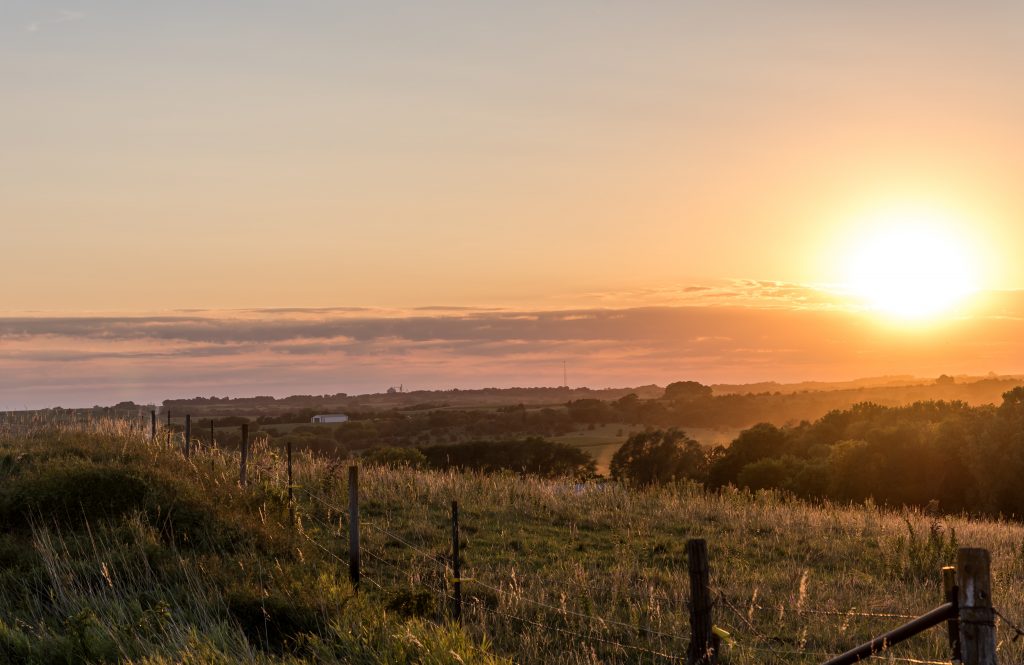
Which is not to say you need to make drastic compromises to turn your hunting land purchase into a reality. But it is important to be realistic about the fact that your first hunting property might not be your ultimate dream property, and that’s okay. In fact, it can be an excellent way to help you invest and work toward an end goal of owning more acreage down the line. For now, have a good grasp on how much land you can afford and effectively manage.
You will need approximately 20% of the total property cost as a down payment, or $20,000 on a $100,000 piece of land (for example). While it might seem like a lot now, small monthly savings can add up quickly. Once you have down payment funds secured, it’s important to calculate how much your monthly payment will be using a mortgage calculator so you don’t become over extended. If you can put more cash down, that’s better. Interest rates vary and cash is king.
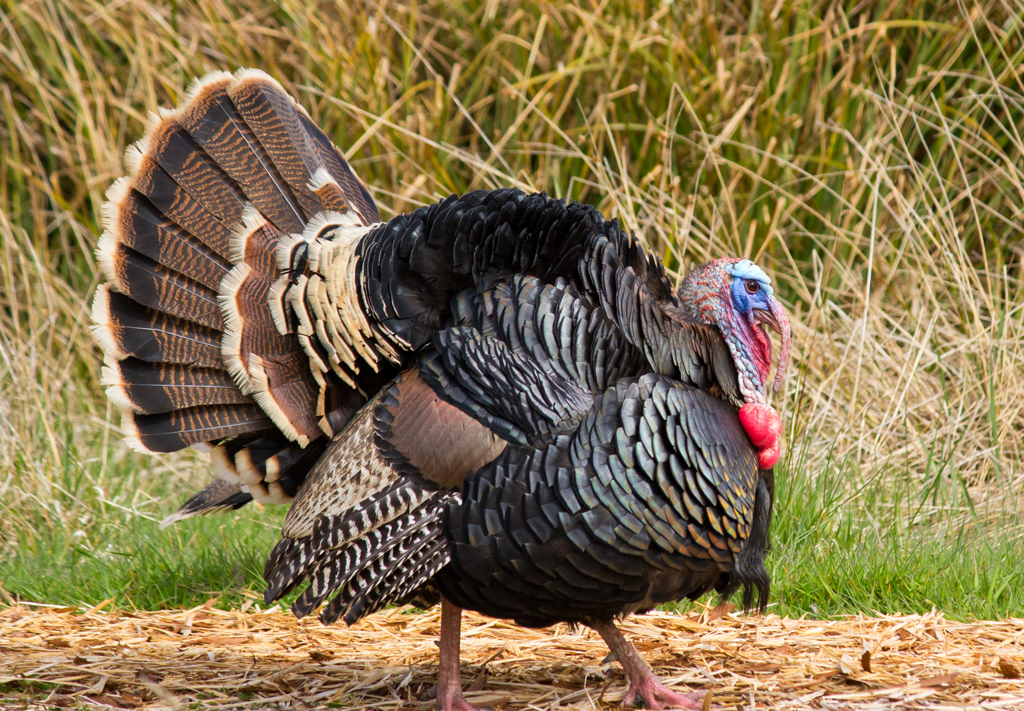

It’s worth mentioning each of these more than once because both are so elemental to making your dream a reality. Spend time learning about the area that interests you. Talk to local wildlife biologists. Read up on any recent diseases that have affected local deer, elk and bird populations and migration patterns. Google Earth, Mapright and other mapping apps are excellent tools when it comes to getting a comprehensive bird’s-eye view of the land. Invest the time upfront to ensure your purchase meets your expectations.
This is an important one if you want your purchase and experience with the land to be successful. Real estate agents who understand the nuances of rural property ownership know which questions to ask, both of you and of the seller. Hayden Outdoors is here to help. A good and helpful agent will understand the region in which you hope to purchase hunting property and can help guide you to the ideal fit. When they discover hidden hunting benefits for your property you will be glad you went with a pro!
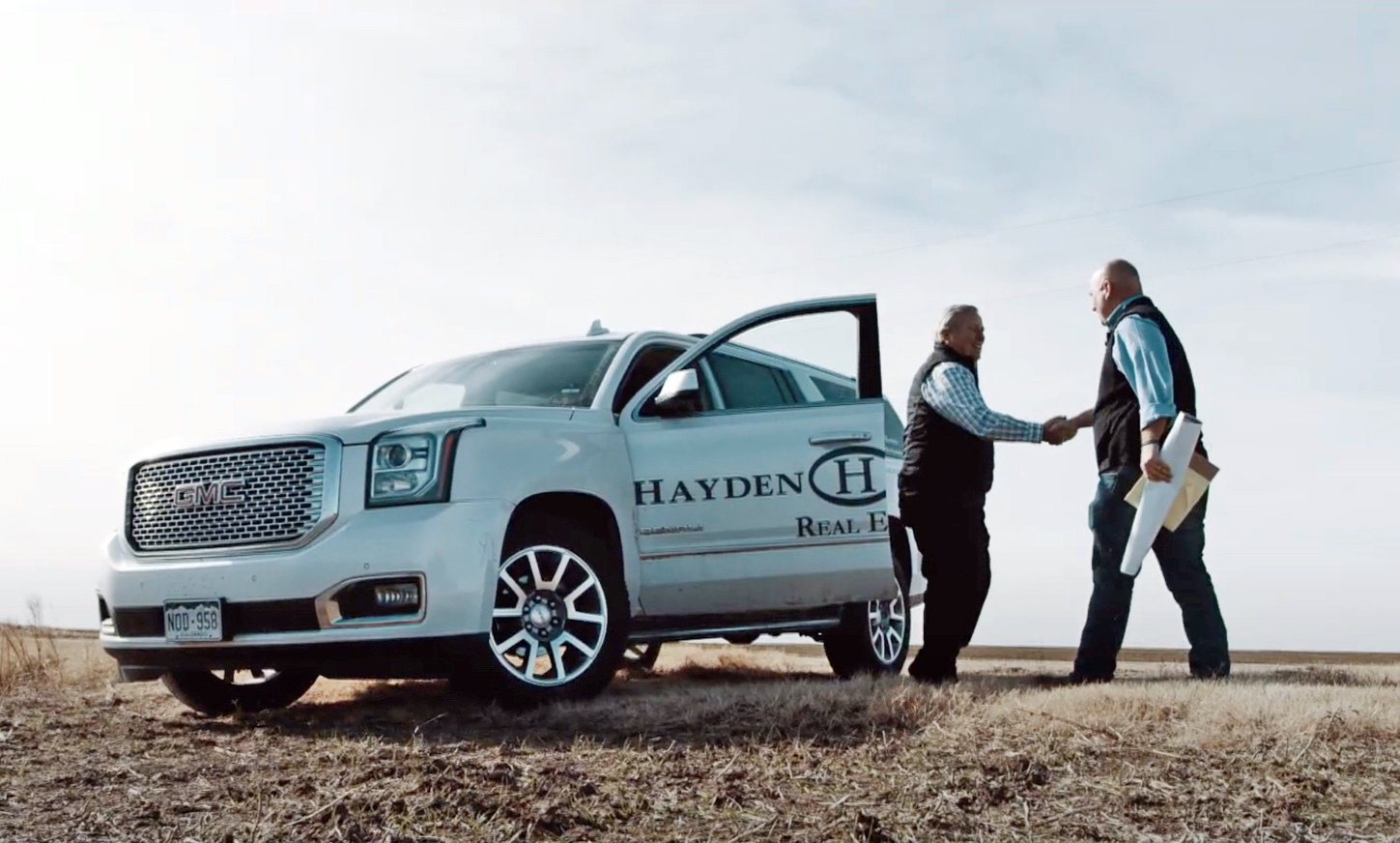

These specialists can help with the specifics of buying hunting property, including current mortgage rates and land classifications. Check out your local Farm Credit lender, Conterra Ag or Outdoor Lending. All of these sources offer great insight to financial requirements to seek lending for recreational properties.
You might want to limit your hunting land’s use to family and friends, or, you might be looking for ways to monetize it to help offset mortgage and maintenance costs. Consider farming, land lease opportunities or if you have to, short term partnerships with local hunting outfitters for seasons you don’t plan to hunt. Small additions, fencing, cabins and hunting blinds can also add value to your property.
SECURITY TIP: Be careful on who you hire to help with land improvements to make sure they aren’t hunting the land without you knowing. A good trail camera can help keep trespassers from harvesting your future game.
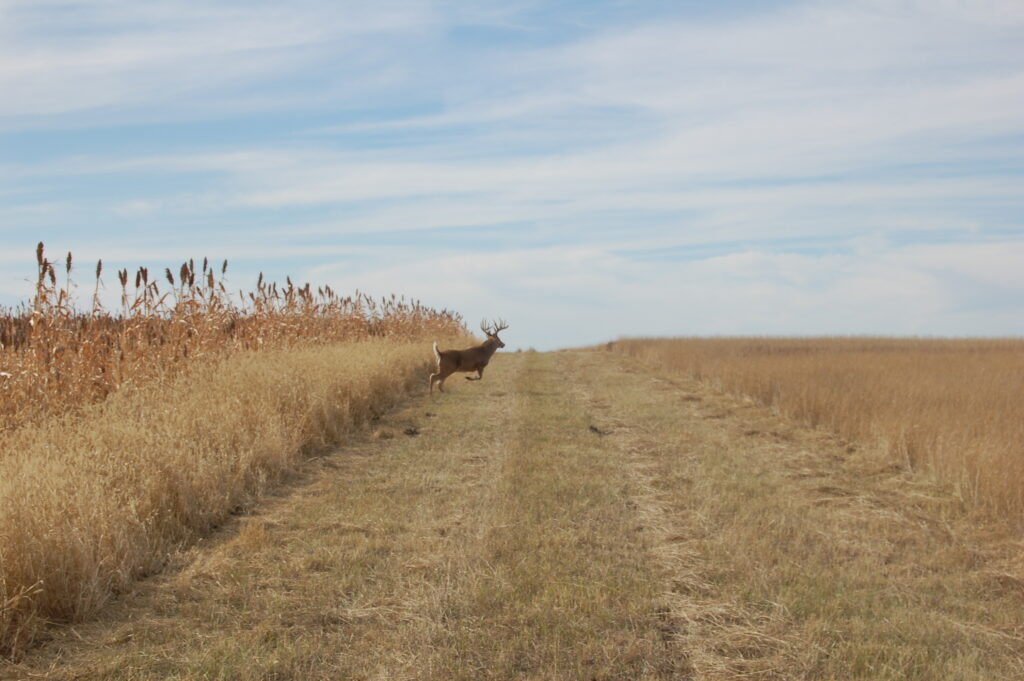

It goes without saying, but come hunting season, it’s time to get out, explore and enjoy your new hunting property purchase. Living so closely with the surrounding environment and wildlife can be an incredibly rewarding experience. The team at Hayden Outdoors can help you find the perfect piece of land zoned for hunting or bordering public lands with hunting access.
